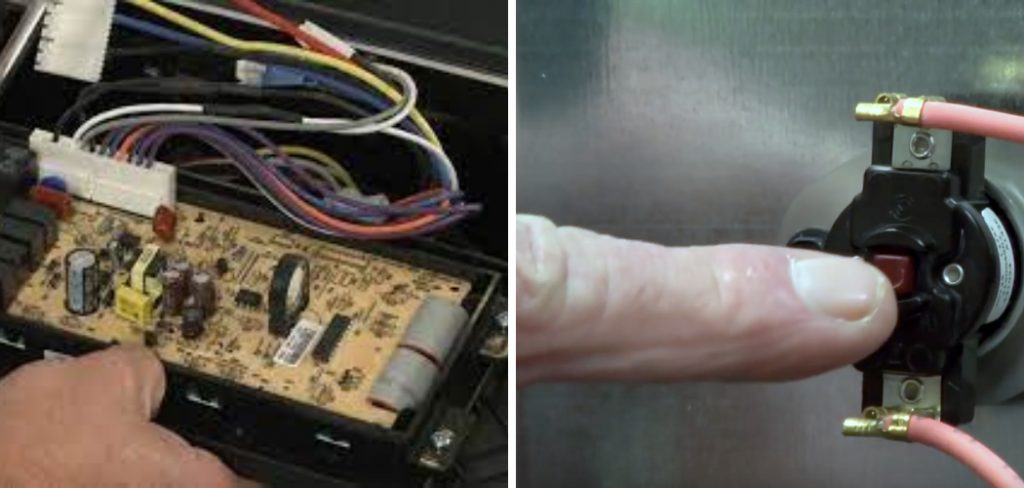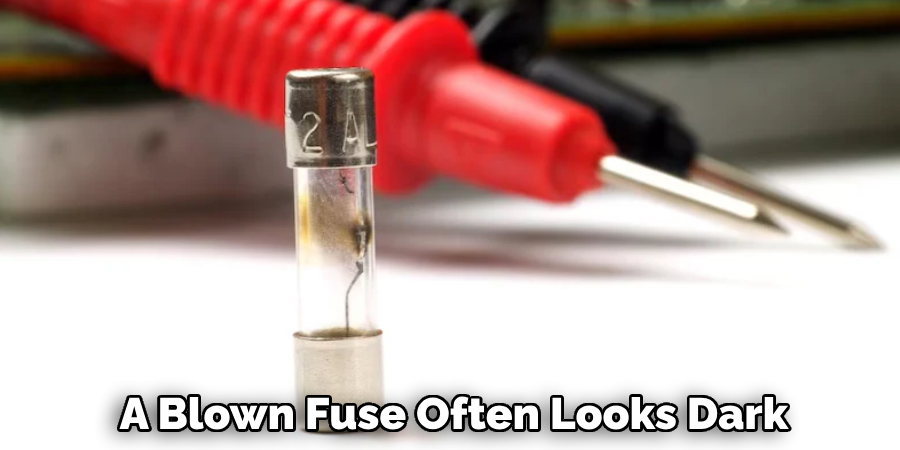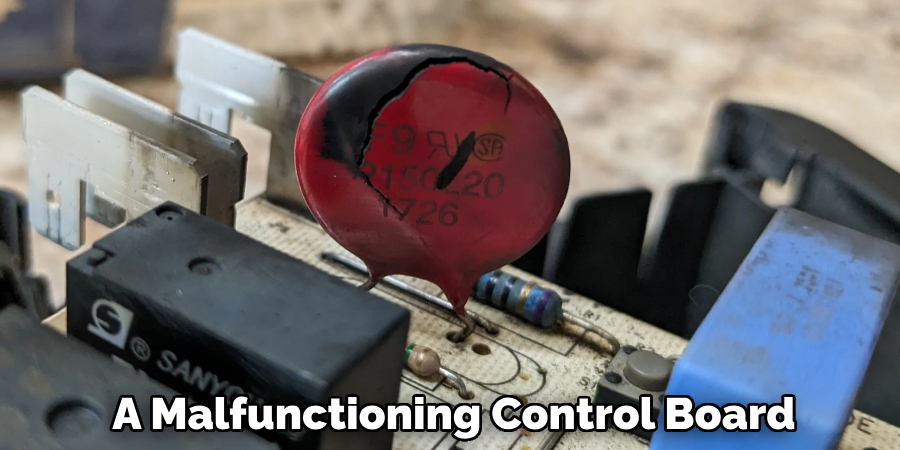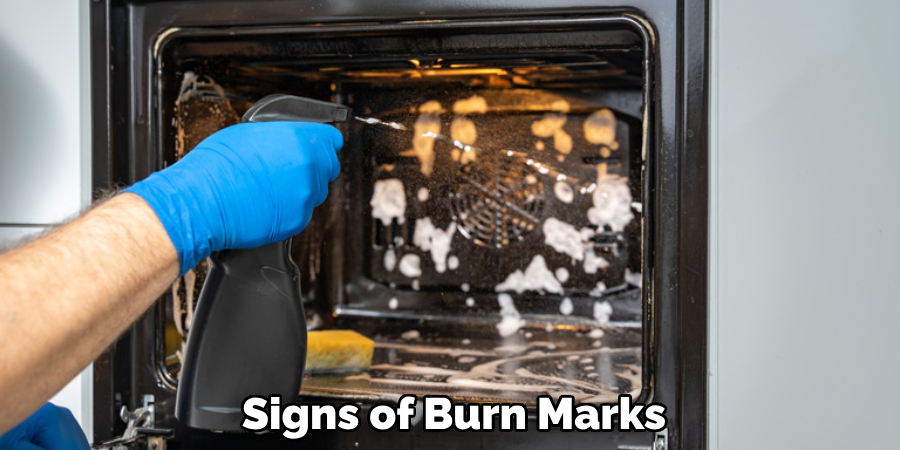Having trouble with your oven can disrupt your daily routine, especially if it’s not heating properly due to a blown fuse. Resetting your oven fuse is a straightforward task that can save you time and the cost of a service call. This guide will walk you through how do I reset my oven fuse, ensuring that you can get back to cooking without any hassle. Before you begin, make sure to gather any required tools and consider taking safety precautions to ensure a smooth process.

Understanding the Oven Fuse
The oven fuse is an essential safety component designed to protect your appliance from electrical overloads. It acts as a safety barrier by interrupting the power supply when unusual surges occur, thereby preventing potential damage to the oven’s internal components.
Typically located at the back of the oven or within the control panel, fuses are small, cylindrical parts that are relatively easy to access and replace.
Knowing the role and location of your oven fuse not only empowers you to maintain your appliance effectively but also fosters a safer cooking environment. Always ensure the power to the oven is turned off before attempting to access or reset the fuse, as this will protect you from electrical hazards.
Types of Oven Fuses
Understanding the various types of oven fuses can aid in effectively troubleshooting and resolving issues with your appliance. Generally, ovens use two main types of fuses: ceramic fuses and glass fuses. Ceramic fuses are robust and typically used in high-temperature environments, offering increased resistance to heat, which makes them ideal for use in ovens. They provide a high level of reliability and are less likely to get damaged due to their solid construction.
On the other hand, glass fuses are more commonly found in household electrical devices. These fuses are transparent, allowing you to easily inspect the wire filament inside for any breakage or damage. Knowing the type of fuse used in your oven can streamline the replacement process, ensuring you select the right one to restore proper function and maintain safety standards.
10 Methods How Do I Reset My Oven Fuse
1. Unplug the Oven and Locate the Fuse Box
The first step in resetting your oven fuse is to unplug the appliance from the power source. This ensures your safety by eliminating the risk of electric shock. Most modern ovens have an internal fuse box, but its location may vary depending on the model. Typically, the fuse box is found at the back of the oven or inside the control panel. Refer to your oven’s user manual for precise instructions on locating the fuse box. Once you’ve found it, open the cover to access the fuses.
2. Inspect the Fuse for Signs of Damage
Before resetting the fuse, you need to determine whether it’s the source of the problem. Fuses are designed to break the electrical circuit when they detect a surge in power, preventing damage to the appliance. Check if the fuse is visibly blown or damaged. A blown fuse often looks dark or burnt, and the metal filament inside may be broken. If the fuse is intact, the issue may lie elsewhere, but if it’s blown, replacing it is necessary.

3. Replace the Blown Fuse
If your inspection reveals a blown fuse, it’s crucial to replace it with one of the same type and rating. Your oven’s manual will list the appropriate fuse specifications. Using the wrong type of fuse can result in electrical issues or damage to your oven. Carefully remove the blown fuse by gently pulling it out of its slot, and insert the new fuse in its place. Ensure the fuse is seated securely before proceeding.
4. Reset the Oven’s Circuit Breaker
In some cases, your oven’s fuse may not be the issue, and the problem could stem from the circuit breaker. Ovens are typically connected to a dedicated breaker in your home’s electrical panel. Locate the breaker that controls your oven’s power and switch it to the “off” position. Wait for about a minute, then switch it back to the “on” position. This reset can resolve power issues related to the electrical supply.
5. Test the Oven After Resetting
Once you’ve replaced the fuse or reset the circuit breaker, it’s time to test your oven to ensure it’s working properly. Plug the oven back in or restore power by flipping the circuit breaker, and turn on the oven to check if it’s heating up or functioning as expected. If the oven powers on and operates without issue, the fuse reset was successful. However, if the problem persists, further troubleshooting may be necessary.
6. Check for a Tripped Thermal Fuse
Many modern ovens are equipped with a thermal fuse that trips when the appliance overheats. This safety feature prevents potential fires but can also cause the oven to stop working. To reset a tripped thermal fuse, you’ll need to access the back panel of your oven. Once there, locate the thermal fuse and inspect it for damage. If the thermal fuse has tripped, you can reset it by pressing the small reset button located on or near the fuse. In some cases, you may need to replace the thermal fuse if it cannot be reset.
7. Inspect the Control Board
If replacing the fuse and resetting the circuit breaker haven’t resolved the issue, the problem could be with the oven’s control board. The control board manages the electrical functions of the oven, including temperature regulation and power distribution. A malfunctioning control board may cause the oven to stop working. Inspect the control board for any signs of damage, such as burnt spots or loose connections. If you suspect the control board is faulty, you may need to consult a professional for repair or replacement.

8. Examine the Power Cord and Connections
Sometimes, the issue isn’t with the fuse or the internal components but with the power cord or electrical connections. Over time, power cords can become damaged or frayed, leading to power interruptions. Disconnect the oven from the power source and carefully inspect the power cord for any visible signs of wear or damage. Additionally, check the connections where the cord attaches to the oven to ensure they are secure. If you find any issues, replacing the power cord may resolve the problem.
9. Reset the Oven’s Electronic Controls
Some ovens have an electronic control panel that can malfunction or become unresponsive. A simple reset of the electronic controls can sometimes fix issues related to the oven’s performance. To reset the control panel, unplug the oven from the power source and leave it unplugged for at least five minutes.
This will allow the control panel to reset. After five minutes, plug the oven back in and test the controls. If they respond normally, the reset was successful. If not, the control panel may need further inspection or replacement.
10. Consult the Oven’s Manual for Specific Reset Instructions
Finally, it’s essential to consult your oven’s manual for model-specific instructions on resetting the fuse or troubleshooting electrical issues. Every oven model is slightly different, and the manual will provide valuable information on fuse locations, types of fuses, and reset procedures.

The manual may also include troubleshooting steps that are specific to your oven’s design. If you no longer have a physical copy of the manual, many manufacturers provide digital versions online. Follow the steps outlined in the manual to ensure you are correctly resetting the fuse and resolving any issues.
Things to Consider When Replacing Oven Fuses
When replacing an oven fuse, there are several important considerations to ensure the process is safe and effective. First, always make sure the oven is completely disconnected from the power source before starting any repairs to avoid the risk of electrical shock. Use a multimeter to double-check the absence of electrical current.
Second, it’s crucial to use the correct type and rating of fuse as specified in the oven’s manual. Using an incorrect fuse can lead to electrical hazards or damage to your oven. Additionally, inspect the surrounding area for any signs of burn marks or damage that could suggest an underlying electrical issue. If you spot any abnormalities, it may be wise to consult with a qualified technician. Finally, keep a record of any replacements or repairs you perform, as maintaining a detailed maintenance log can be beneficial for future troubleshooting and resale value.

Conclusion
Resetting your oven fuse is a practical skill that can save you from unnecessary repair costs and downtime in the kitchen. Whether your oven has stopped heating or won’t power on at all, these ten methods offer comprehensive solutions for diagnosing and fixing fuse-related issues. From replacing blown fuses to resetting the circuit breaker or thermal fuse, each method provides clear, actionable steps. Thanks for reading, and we hope this has given you some inspiration on how do I reset my oven fuse!
Professional Focus
Angela Ervin, a former interior designer turned blogger, specializes in kitchen design and renovations. Through her website, she blends her passion for cooking with design expertise, sharing practical and creative ideas. Known for balancing functionality and beauty, Angela’s insightful content has made her a trusted voice in home design and lifestyle.
About the Author
Angela Ervin, an experienced interior designer and blogger, combines her passion for kitchen renovations with storytelling. Living in Petersburg with her family, she enjoys cooking and testing her projects firsthand. Known for her humor and relatable style, Angela shares creative, functional design insights through her content, making her a trusted voice in home design.
Education History
University: Virginia Commonwealth University
Degree: Bachelor of Fine Arts (BFA) in Interior Design
- Angela’s education at VCU focused on mastering core interior design principles, including spatial planning, color theory, materials selection, and sustainable design practices.
- She gained hands-on experience through studio projects and collaborative design exercises, which honed her ability to create functional and aesthetically pleasing environments.
- Her coursework also emphasized problem-solving and practical applications of design, preparing her for real-world projects like her self-directed kitchen renovations.
- The program’s strong foundation in both technical skills and creative expression shaped Angela’s ability to seamlessly integrate form and function in her work.


